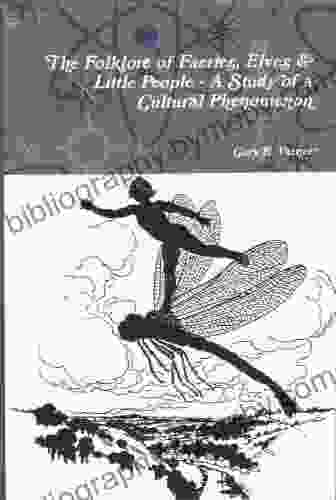In the annals of Maritime history, the story of the San Juan Bautista stands as a captivating tale of adventure, intrigue, and redemption. This Spanish galleon, bound from Manila to Acapulco in 1694, was destined to meet a fateful end on the remote shores of Japan. The events that unfolded in its wake would forever alter the course of history for both the ship's crew and the isolated nation they had stumbled upon.
The San Juan Bautista and its Crew
The San Juan Bautista was a massive ship, boasting a length of over 150 feet and a crew of over 200 men. Led by Captain Francisco de Ocampo, the vessel set sail from Manila with a cargo of valuable goods, including silk, spices, and silver. Among the crew were Spanish sailors, soldiers, missionaries, and several Japanese passengers.
4.4 out of 5
| Language | : | English |
| File size | : | 1582 KB |
| Text-to-Speech | : | Enabled |
| Screen Reader | : | Supported |
| Enhanced typesetting | : | Enabled |
| Print length | : | 282 pages |
As the galleon sailed across the Pacific Ocean, disaster struck. A powerful typhoon ripped through the ship, leaving it battered and dismasted. The crew fought valiantly against the relentless storm, but their efforts proved futile. Driven off course by the tempest, the San Juan Bautista found itself far from any known shipping lanes.
Shipwreck on the Japanese Coast
After weeks of drifting aimlessly, the shattered remnants of the San Juan Bautista finally made landfall on the uncharted shores of Japan. The year was 1694, and the isolated island nation had been closed to foreign contact for over a century under the strict policy of sakoku. The arrival of the Spanish galleon sent shockwaves throughout the country.
The Japanese authorities, initially suspicious of the ship's intentions, detained the crew and passengers. The Spanish, desperate for food and supplies, were forced to rely on the hospitality of their captors. However, the cultural divide between the two groups soon became apparent.
Intrigue and Diplomacy
The presence of the San Juan Bautista in Japan ignited a complex web of intrigue. The Tokugawa shogunate, the ruling military government, saw the opportunity to gain valuable knowledge from the foreigners. They interrogated the Spanish crew extensively, seeking information about their technology, weapons, and global affairs.
Meanwhile, the Spanish missionaries on board, led by Father Francisco de la Concepcion, saw their presence in Japan as a chance to spread Christianity in this forbidden land. They secretly baptized several Japanese converts, including a young samurai named Yaemon.
Salvation and Redemption
Over time, the relationship between the Spanish and the Japanese began to evolve. The Japanese, impressed by the Spanish craftsmanship and medical skills, offered them protection and assistance. The Spanish, in turn, shared their knowledge of astronomy, navigation, and music.
In the midst of this cultural exchange, a profound transformation occurred within the ship's crew. The hardships they had endured, combined with the kindness they received from their captors, led many of them to question their past lives. Several sailors and soldiers decided to stay in Japan, embracing a new life and adopting the Japanese customs.
One of the most remarkable transformations was that of Captain Francisco de Ocampo. Haunted by the memories of his past misdeeds, Ocampo converted to Christianity and dedicated his life to helping others. He became known as "Juan Bautista," and his story serves as a powerful testament to the transformative power of salvation.
Epilogue
The San Juan Bautista never sailed from Japan. Its shattered hull was eventually dismantled, and its timbers were used to build a temple in the coastal town of Wakayama. The Spanish crew, once stranded and uncertain, found a home in this foreign land. Their legacy lives on in the cultural and historical tapestry of Japan, a reminder of the enduring human spirit that can overcome even the most adversity.



























































































